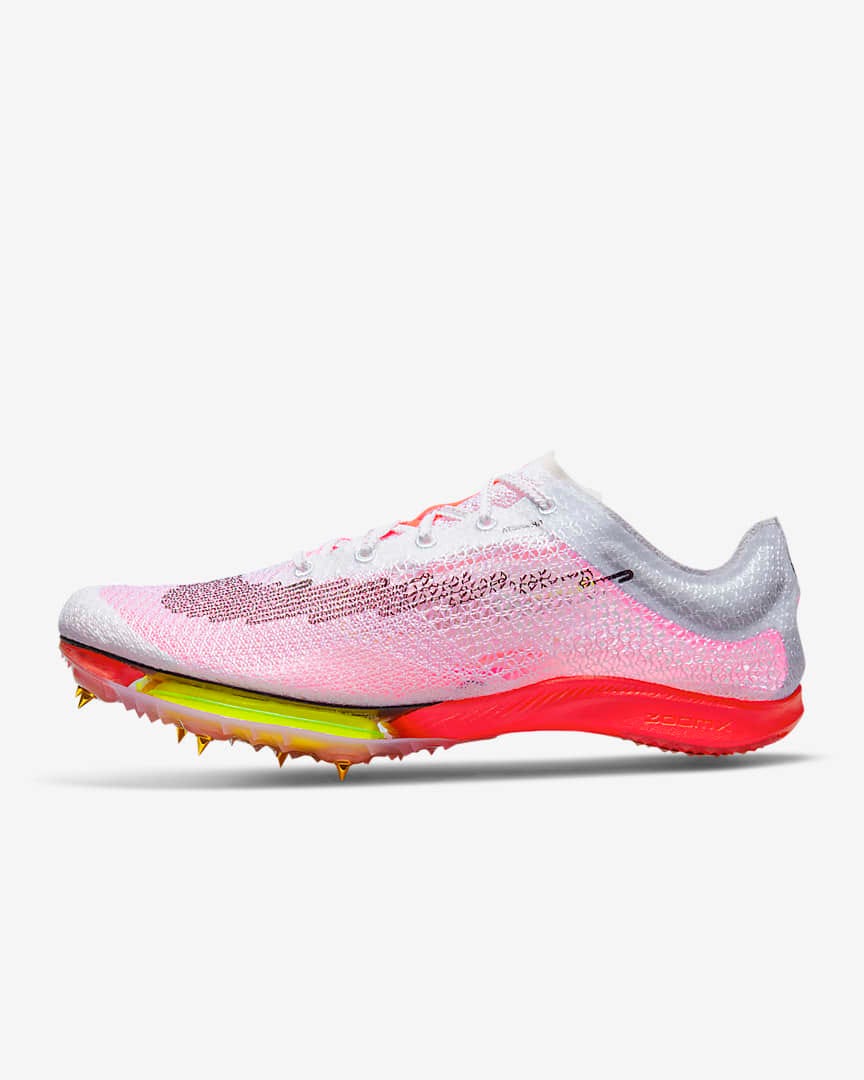We’re keeping things moving with this week’s Design Lobster. From the psychology of computer response times to a controversially springy running shoe. Let’s bounce 🏃♀️
✨Enjoying Design Lobster? Please share it with a friend, colleague or fellow designer.
Question: What is the Doherty threshold?
In the early 80’s Walter Doherty and Ahrvind Thadani were working at IBM, doing research into the effect of computer response times on people’s productivity. Whilst doing so, they noticed a dramatic jump in the speed with which people were able to complete tasks when their computer responded in 400 milliseconds or less. Curiously, it seemed that that faster the computer responded, the faster that people seemed to be able to think.
The researchers theorised that this was due to people no longer having to hold things in their working memory. Instead, with the computer so responsive, they could just stay in flow with whatever they were doing. At that time, a 2000 milliseconds response time was considered the standard for computers, so their research helped drive that lower, aided by ever increasing computing power. For designers today, computing power is rarely an issue, but the importance of how quickly something responds can often be overlooked in the design process.
Design takeaway: Is your design responsive enough?
💻 We explored more of the curious psychology surrounding human machine interaction in Design Lobster #66
Thanks to reader Vuokko for bringing the Doherty Threshold to my attention!
Object: Nike Air Zoom Victory
Watching the Tokyo Olympics over the past few weeks, I got engrossed by the story of a new type of Nike track running shoe - the Air Zoom Victory. This shoe (and a few others with a similar design) have been christened Super Spikes as they appear to be behind a whole series of broken world records. In turn, they have ignited a round of controversy about what role design and technology should play in professional sports.
The shoes have two key innovations – a stiff carbon fibre plate and a layer of PEBA (polyether block amide) foam. Lots of commentary on the shoes has focussed on the plate, it’s supposed spring action leading some commentators to likening them to trampolines for your feet. In fact, it appears that the foam element of the shoe is much more important at storing energy in compression and then releasing back to the foot for its next stride. With the new foams as much as 85% of the energy is returned.
I love thinking about how fanatical the Nike design team must be about the motion of the human body and action of feet as they strike the ground. I’ll be channelling that obsessive energy for my next design project 💥
Design takeaway: How fanatical is your design about the details?
👟Similar controversy surrounded Nike Vaporfly running shoes at the 2016 Olympics
Quote: “Motion tells stories.”
– Brandon Arnold
Brandon Arnold is a Design Director at MetaLab - a celebrated product design agency in San Francisco. This short quote nicely captures the way motion always communicates with us – something which dancers and animators know instinctively, and I think designers should remember too.
Whatever you do, keep moving.
Ben 🦞
Enjoyed this week’s Design Lobster? Let me know by clicking the heart button.
👇





